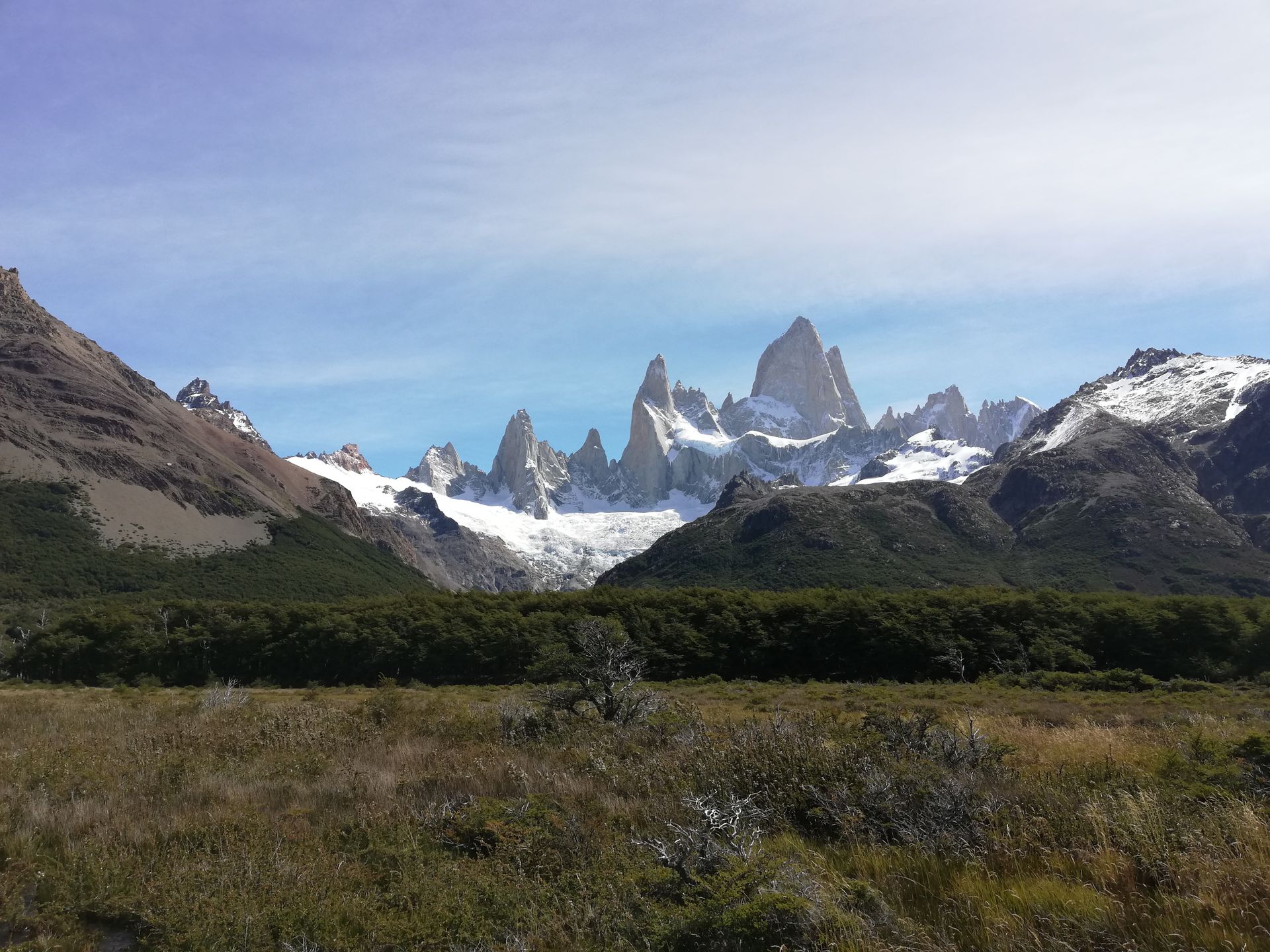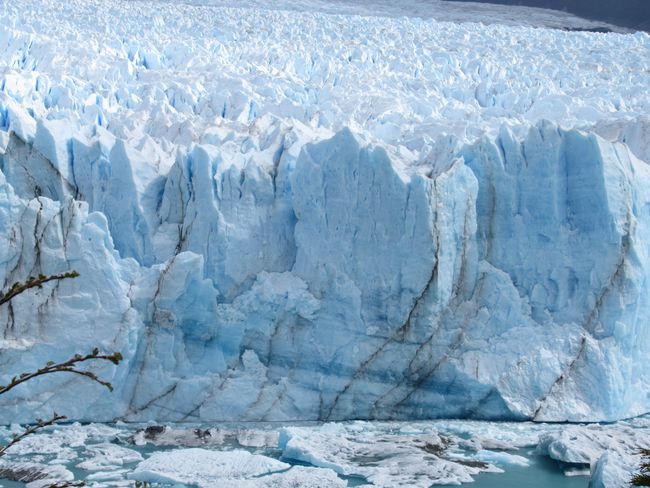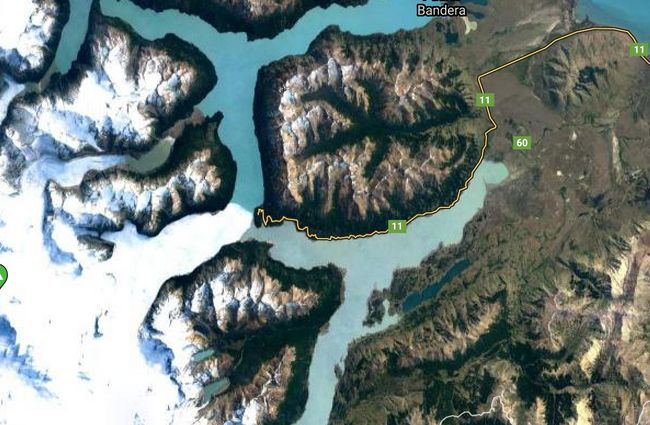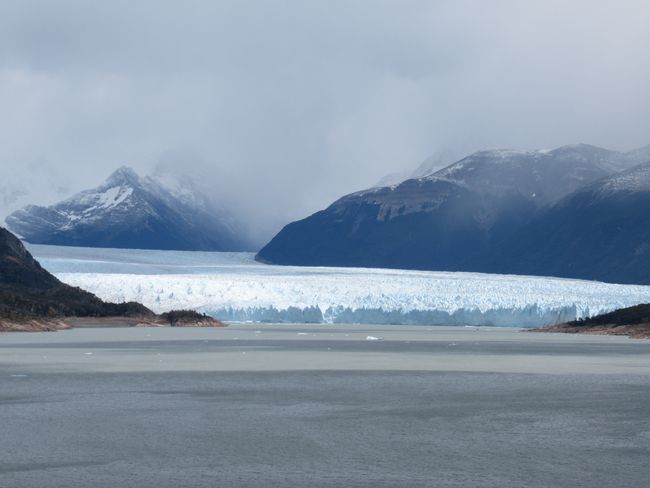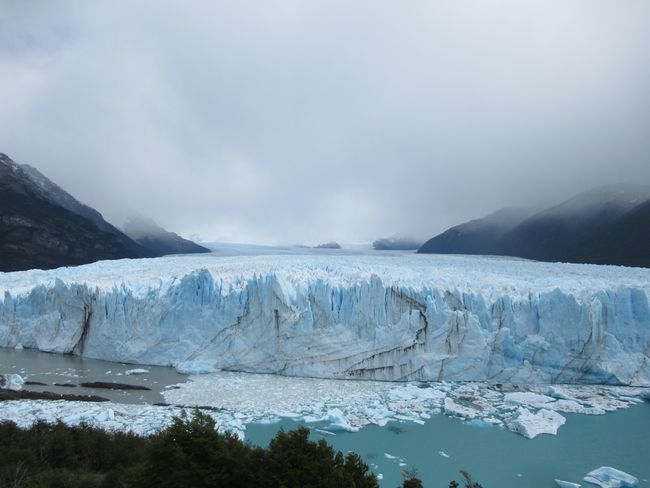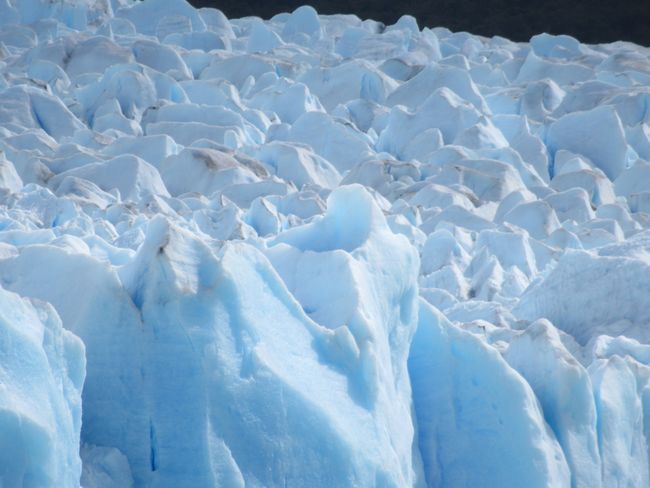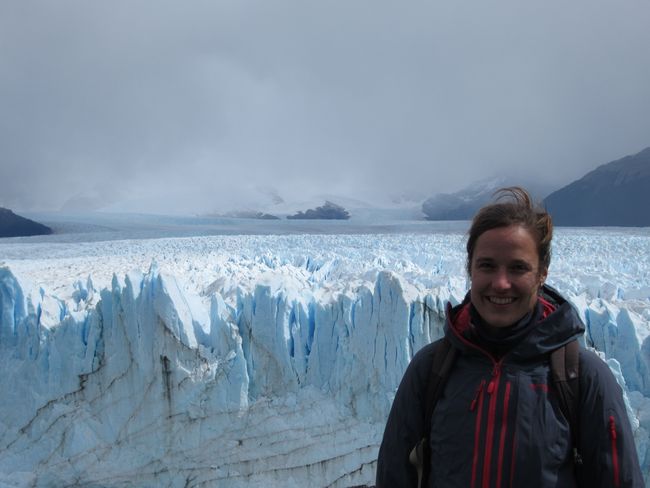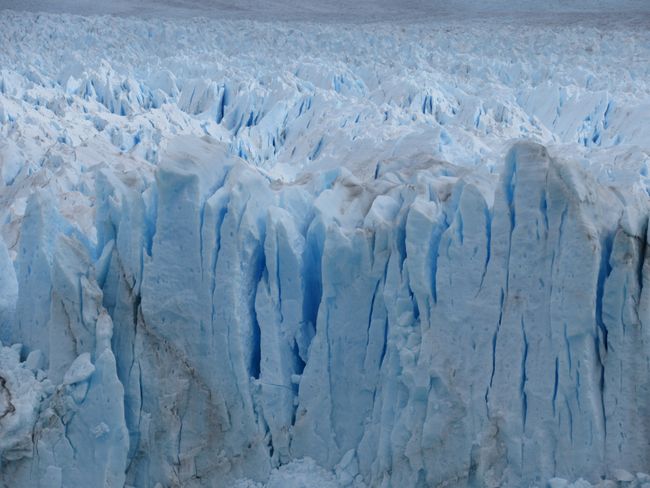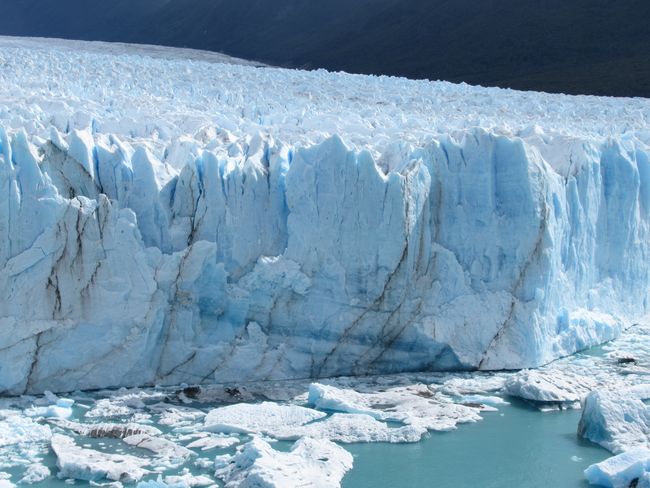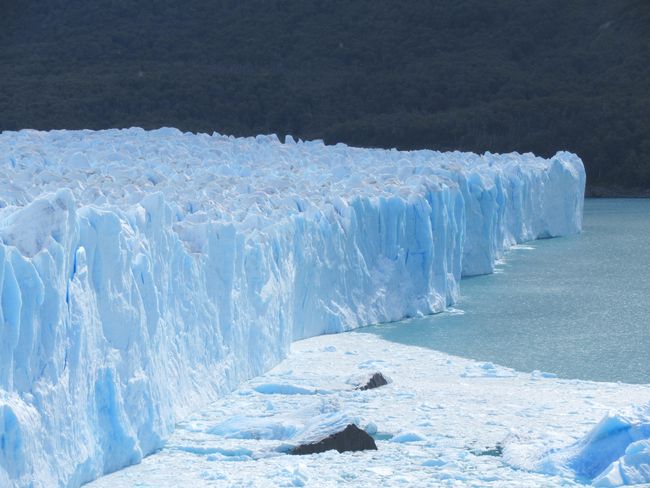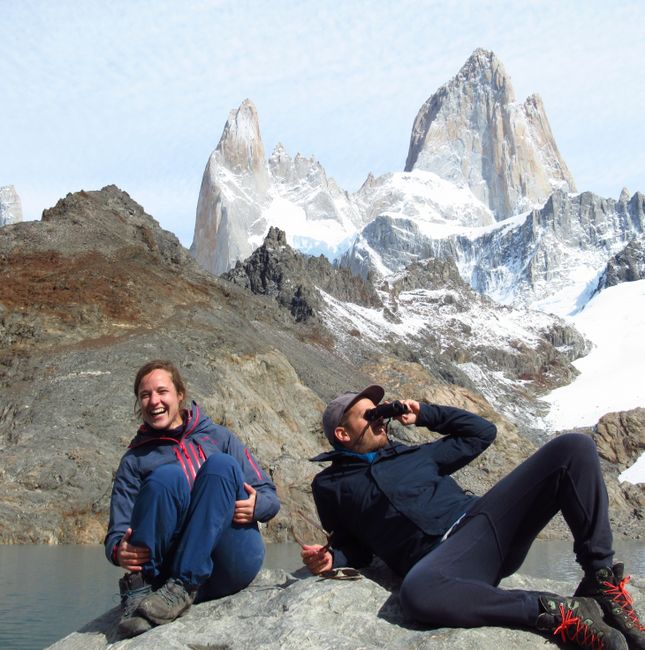
Reiseblog von Fabienne & Simon
vakantio.de/fabienneundsimonontour
F: Perito Moreno
Wɔatintim: 25.02.2020
Yes, Argentine Patagonia is indeed quite different from the Chilean one! I didn't imagine the difference would be so drastic, but it's actually quite logical, as we are on the other side of the Andes here, and they have a significant influence on the weather and climate. Here on the Argentine side, it is extremely dry. Patagonia consists mainly of thousands of kilometers of brown wasteland with a few patches of Andean grass, lots of dust and sand, occasionally a guanaco or a rhea. But on the western side of this wasteland, the Andes rise, and beautiful alpine landscapes unfold here as well.
The rheas are funny animals: just a bundle of feathers with long legs and an equally long neck sticking out of the bundle.
In El Calafate, we met Emil and Hanne, whom we met on the Huayhuash trek and already met again in La Paz. They had already seen the Perito Moreno Glacier and were so excited that they wanted to come back with us.
The Perito Moreno Glacier is a tongue of the Patagonian ice sheet below Cerro Pietrobelli. The glacier flows down through a wide east-west valley into an arm of Lake Argentino. The tip of the tongue practically divides this side arm in two parts. The glacier is - as an exception - in balance between ablation and accumulation. Not only in its length growth, but also in its volume. We read that on information boards there. Why, nobody knows for sure. Every few years, the glacier advances so far that it reaches the opposite shore and completely divides the lake. If the separation is very tight, the water level in the separated section of the lake rises sharply and at some point, the pressure breaks the glacier ice again - a spectacular event.
We drove to the national park with a picnic. We went to the viewpoint, a balcony construction with various platforms and connecting paths. I expected more people, but they spread out well. And actually, we didn't do much more than just watch this glacier all afternoon.
I find it especially beautiful because it's so blue. And of course, it's simply spectacular to stand just a few meters in front of this massive ice wall and look straight at it and into it!
The glacier is up to 70m high and 5 km wide. And it flows with a speed in the middle of about 2m/day and at the edge 35cm/day. That's why there are many breaks to observe. And of course, we hoped to see some. Various 'smaller' chunks - still partly larger than a room - broke off and crashed into the water. Every time, one's breath was taken away for a moment.
But unfortunately, the glacier didn't show a really big break on this day.
Anoyie
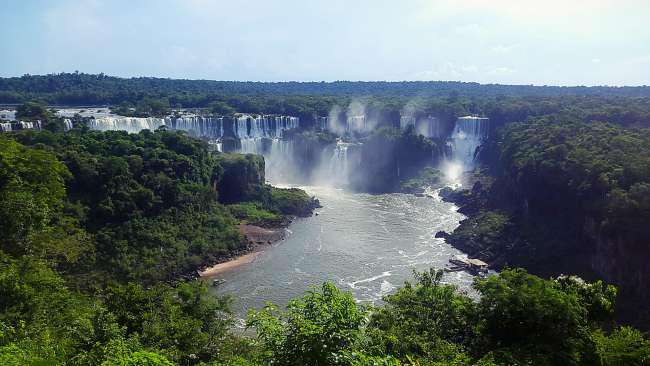
Akwantuo ho amanneɛbɔ Argentina
